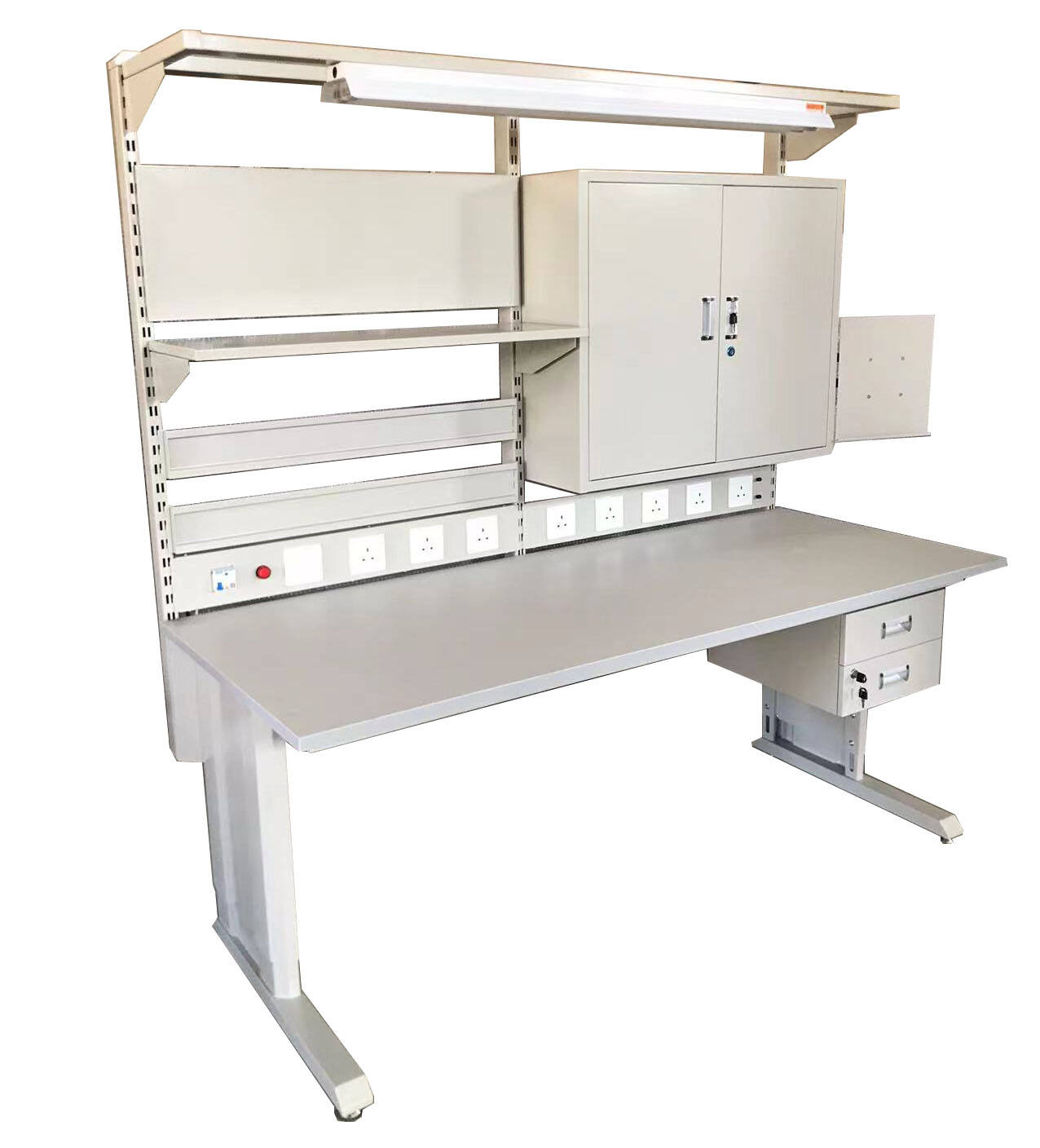Introduction to the Case Study
Manufacturers today need production efficiency as a fundamental success criterion to compete in their technology-focused manufacturing sector. Advanced electronic components in modern manufacturing have forced companies to develop new methods for fighting threats that interrupt optimized operations. ESD represents a significant threat to sensitive electronic components because such discharges lead to central product failure while producing costly equipment breakdowns and compromised item quality. A case study traces the modifications at a manufacturing plant which used ESD-safe workstations to build better production efficiency.
Industry Background and Challenges
The electronics manufacturing industry requires absolute precision together with reliability at all times. The manufacturing industry has to deal with special difficulties related to its electronically sensitive parts. The widespread ESD issue causes permanent damage to integrated circuits which leads to failed products and higher amounts of discarded materials. Before deploying ESD solutions our research company which operates in electronic manufacturing faced ongoing product failures and unhappy customers. The company recognized inefficient component management combined with insufficient ESD protections caused most of their problems.
Objectives of Implementing ESD Solutions
The company created distinct organizational objectives as a solution to these problems.
1.Reduce the incidence of product failures: The company established a goal to decrease product failure occurrences through reducing ESD incidents so they could provide better product quality and reliability to customers.
2.Boost production efficiency: Enhanced production efficiency emerged as an objective during the decision to install ESD-safe workstations because these tools decreased downtime for repairing components damaged by ESD.
3.Enhance worker safety and ergonomics: ESD-safe workstations brought better safety conditions for workers and improved operational ergonomics at their workplaces.
4.Increase customer satisfaction: Product quality improvements together with consistency enhancements would lead to higher customer satisfaction which would improve the company's market position.
Results and Insights
The pre-planned assessment six months after implementation showed important positive changes in business critical metrics.
Improvements in Productivity and Efficiency
The company detected an enormous decrease in product failures which stemmed from ESD damage after putting in ESD-safe workstations. The implementation of ESD-safe workstations resulted in an 85% decrease of ESD-related product failures. A decreased requirement for troubleshooting and rework of damaged products resulted from this decline which directly affected the company's productivity level. The implementing strategy resulted in smoother operational activities. The ESD-safe workstations features an ergonomic design which allowed employees to handle their components better while working with increased comfort. The higher productivity levels from employees resulted in a 20% improvement of total factory output.
Enhanced Product Quality
Permanent product quality improvements became another significant operational advancement. The installation of strong ESD protection systems resulted in diminished rates of faulty product outputs. The improved product quality resulted in a dual source of benefit because it minimized scrapping costs and decreased customer returns while reducing complaints. Customer satisfaction surveys demonstrated that clients formed more positive opinions about product reliability and quality through a 30% improvement mark.
Lessons Learned and Best Practices
The production efficiency improvement journey delivered important learnings which future businesses can use when they deal with similar production obstacles.
1.Comprehensive Training is Crucial: Employee training received complete emphasis since it formed an essential basis for implementing ESD-safe workstations successfully. Employee success with ESD-preventive methods and workstation operation depended on providing complete understanding to all personnel.
2.Ongoing Monitoring: Standard safety checks of both equipment failures and workspace conditions continuously maintained operational effectiveness with immediate opportunity for necessary modifications.
3.Employee Feedback: Continuous workplace improvements resulted from seeking and acting on employee feedback regarding the workstations which enhanced the total effectiveness of implemented solutions.
4.Holistic Approach: The implementation of ESD protection needed a system with three main elements encompassing proper grounding practices along with ESD-safe materials and measures to reduce static generation throughout the environment.
Conclusion
The analyzed case demonstrates how ESD-safe workstations deliver critical advantages in electronics manufacturing operations. The company achieved increased production efficiency and better product quality and customer satisfaction through its efforts to minimize ESD damage risks. This implementation reveals the importance of developing detailed solutions which need to be continually optimized for particular industrial requirements. The inevitability of technological advancement requires us to maintain powerful ESD protection systems for manufacturing success.







